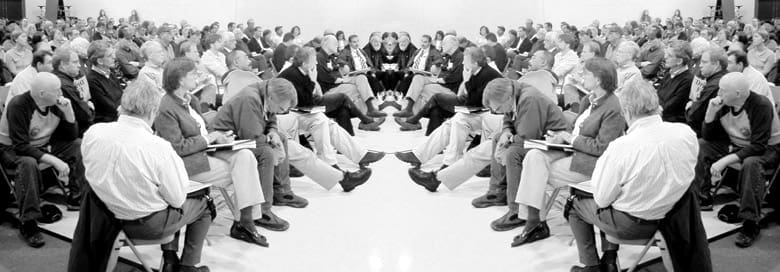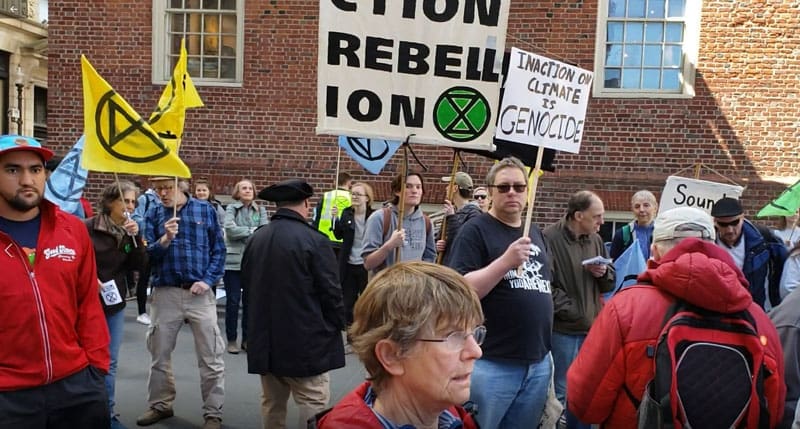“Everything is connected to everything else.” – Barry Commoner, The Closing Circle
Like most climate activists, for a long time I thought that greenhouse gas (GHG) emissions were THE driving force behind climate change. It followed that reducing emissions was our overriding goal.
A steady stream of messages from both the climate movement and the mainstream media are constantly reinforcing the perception that GHGs and the climate emergency are synonymous. The most prominent activist organization is named after atmospheric carbon levels. Even the climate deniers reinforce this focus when they react against the claims of scientists and activists about carbon. GHGs and what to do (or not do) about them frame the debate.
Biodiversity for a Livable Climate is dedicated to expanding the terms of the climate conversation. We want to bring to the table measures for restoring degraded and desertified lands, re-establishing balanced water cycles, managing forests and reforestation, and restoring ocean food chains. This is not instead of working to reduce GHG emissions, but in addition. These are measures that have the potential to store huge amounts of carbon in the soil, reduce flooding and drought by stabilizing local climates, address the immediate dangers posed by the world’s diminished water supplies, restore habitable environments for innumerable species, increase food supplies and create jobs. Why would such measures not be on the climate table in addition to emission reduction?
Spanning the specific benefits of individual measures is the overarching need to restore the balance of Earth’s interconnected natural systems. Why would we not place carbon reduction into this larger ecological context?
* * *

I can think of several reasons why it’s not easy to change the conversation.

